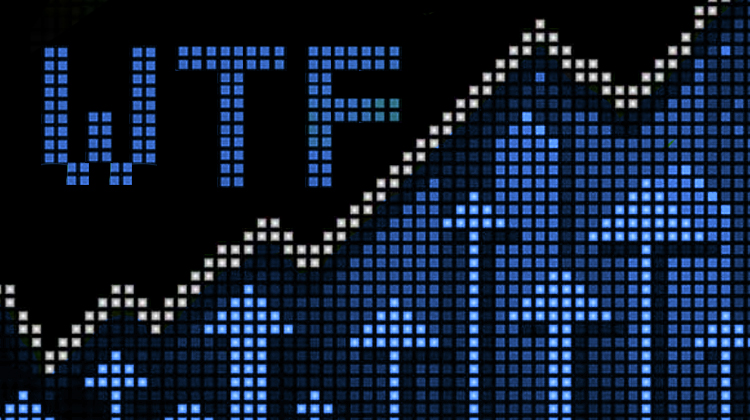Member Exclusive, WTF
WTF is DeFi?
- DeFi or decentralized finance refers to permission-less and transparent financial ecosystems powered by blockchain networks.
- DeFi architecture eliminates the need to use financial services under regulation of governmental and financial authorities.








